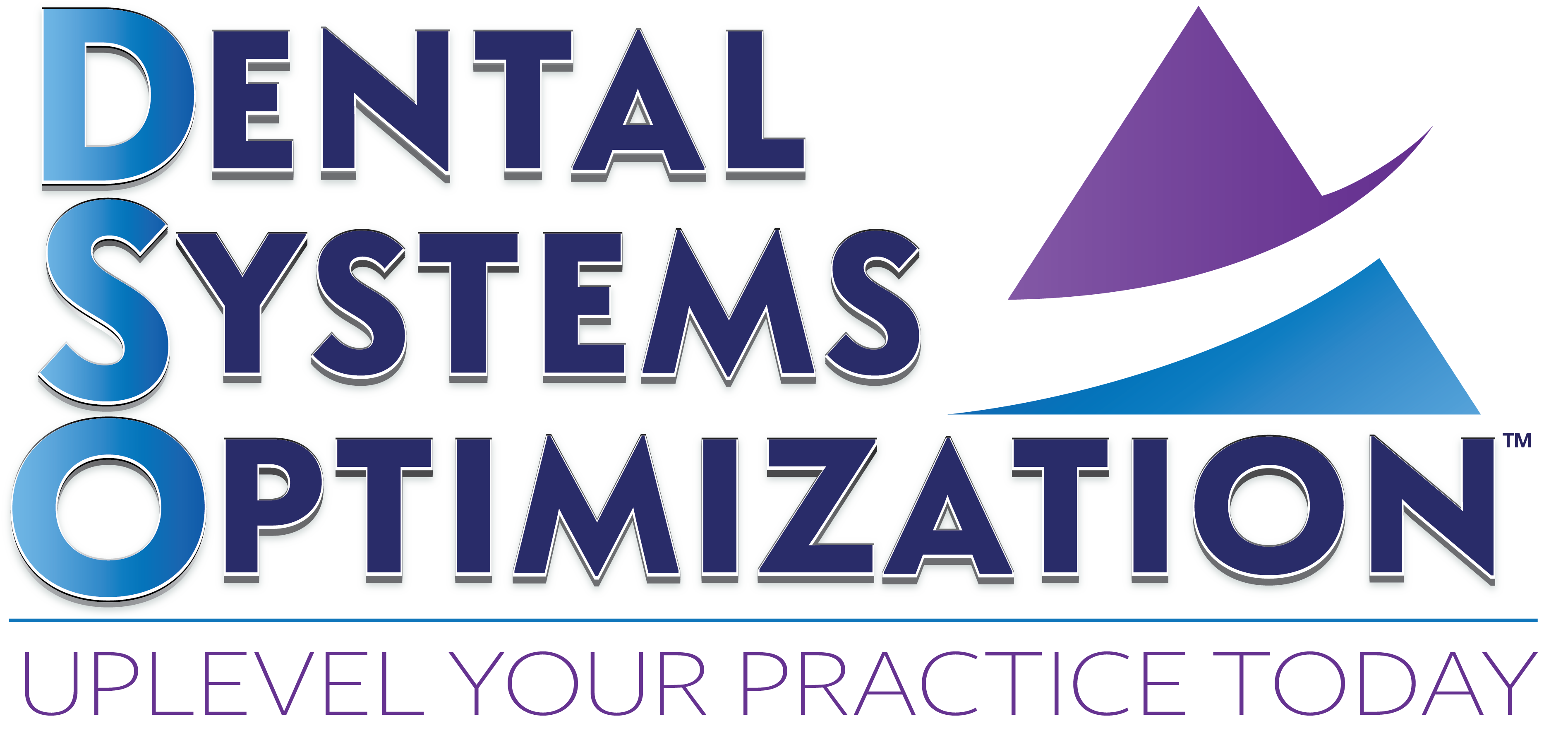As a dentist, you always strive to provide your patients the best possible care. In today’s digital age, implementing a digital dental records system is one way to enhance the efficiency of your practice, while also providing better patient care. However, the process can be overwhelming, and it’s essential to ensure that the transition runs smoothly. In this blog post, we’ll share some tips for implementing a digital dental records system to help you streamline your practice.
What is dental practice management?
Before we dive into the tips, let’s first understand what a dental practice management system is. Simply put, it is a software solution that helps you manage all aspects of your dental practice, from patient records to scheduling appointments and billing. With a digital dental records system as part of your practice management tool, you can access patient information quickly and eliminate the need for paper-based records. This not only saves time and money but also reduces the risk of errors.
As a practice owner, it’s important to stay up-to-date with industry developments and consider implementing new solutions in your business. One such solution that you may want to invest in is high-quality modern tools, such as dental practice management software. This tool can help you stand out in a saturated market and gain a competitive edge.
Why digitizing dental records is essential
Digitizing your dental records is crucial for several reasons. Firstly, it allows you to access patient information quickly and efficiently, reducing the time spent searching through paper records. Additionally, digital records take up less physical space, making organizing and storing them easier.
Moreover, a digital dental records system offers increased security measures compared to traditional paper records. Digital systems have password protection and encryption features, making it more challenging for unauthorized individuals to access patient information.
Tips for implementing a digital dental records system
Evaluate Your Current Workflow
Before implementing a digital dental records system, it’s crucial to take stock of your practice’s workflow. Analyze the ways your employees currently utilize paper records and identify any areas where a digital system could improve efficiency. Determine if your current system lacks structure or if there is a lot of downtime waiting for files to be located. Once you’ve assessed the system’s strengths and weaknesses, you’ll be better able to choose a digital system that suits your practice’s specific needs.
Choose the Right Software
The next step in implementing a digital dental records system is selecting the appropriate software. There are various software programs available, including basic and advanced systems. Basic systems are suitable for small practices, while larger practices might require more sophisticated software that includes features such as insurance claim submissions, appointment reminder emails, and detailed reports. Make sure you ask for a demonstration of the software you are considering. You want to make sure the platform is easy to use, well-organized and has a comprehensive search system.
Plan for Data Conversion
The transition from paper records to digital ones involves much more than just purchasing software. You will need to convert all paper records and files into digital formats. Therefore, it’s essential to develop a comprehensive data conversion plan to ensure a smooth transition. You will need to allocate sufficient time to complete the process and ensure that you have qualified staff members who understand the new system and can help maintain it.
Train Staff Members
Your staff members are critical to the success of implementing a digital dental records system. They need to be trained in using the new software correctly and efficiently. Arrange for the software provider to train your staff members on how to use the new software. Additionally, encourage your staff members to provide feedback during and after training sessions, as this will help identify any training-related issues that require attention.
Establish Security Protocols
Implementing a digital dental records system also means adopting new security protocols. Digital records contain sensitive patient information, and it’s essential to choose software that complies with HIPAA guidelines for data security. Make sure your team is well-trained on the software’s security features, such as password policies and secure backup procedures.
Implementing a digital dental records system can be a game-changer for your practice. Taking the time to evaluate your current workflow, selecting the appropriate software, and developing a comprehensive data conversion plan can help ensure a successful implementation. Additionally, providing staff training and setting in place robust security protocols is crucial to safeguard patient information. By following these tips, you can enhance the efficiency of your practice and improve patient care.
Are you looking to streamline your dental practice and enhance patient care? Implementing a digital dental records system may be the solution for you! Follow these tips for a smooth transition and see the positive impact it can have on your practice. Don’t wait any longer, contact us now and make the switch today!

